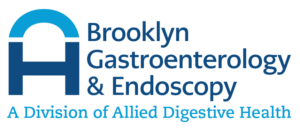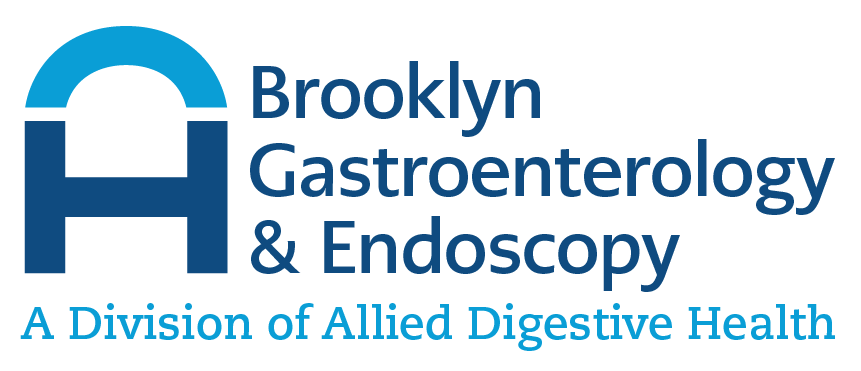What Is Endoscopic Ultrasound with Fine Needle Aspiration?
If your gastroenterologist suspects you may have a certain condition, they may order an endoscopic ultrasound or an endoscopic ultrasound with fine needle aspiration. These are two diagnostic procedures combined into one. Endoscopic ultrasound (EUS) is a low-risk outpatient procedure, and you’ll be able to return home the next day.
What Is Upper Endoscopy?
An upper endoscopy can inspect your esophagus, stomach, and upper part of the small intestine, known as the duodenum. An upper endoscopy is ordered when a patient reports specific symptoms, such as abdominal pain or severe acid reflux so the physician is able to diagnose the problem. An endoscope is a long, thin tube with a camera attached to the end, which gives it the ability to see the gastrointestinal tract.
During an upper endoscopy, you are given intravenous anesthesia. You will be awake during the procedure, but the twilight anesthesia assures you don’t feel any discomfort or pain. Sometimes the physician will also use local anesthesia to ensure you don’t cough or gag during the procedure. An endoscopy is an outpatient procedure that can be performed either at a hospital or in your gastroenterologist’s office. After the procedure, you are taken to a recovery room, where you are monitored for about an hour. Ensure you have someone to drive you home.
In most cases, after an upper endoscopy, the patient can return to normal activities the next day. Unlike other diagnostic procedures, such as colonoscopy, an endoscopy does not require much preparation. Generally, your doctor will require you to fast for 12 hours before your procedure.
What Is an Ultrasound?
Many patients have had an ultrasound at some point in their life—it’s very common in pregnancy and detecting other internal and GI issues. Ultrasound, also known as sonography, uses high-frequency sound waves via an instrument that produces internal pictures for your physician to review. Most ultrasound procedures are performed outside of the body, but there are ultrasound procedures that require inserting an instrument into the body. Endoscopic ultrasound falls under this category, as well as transvaginal ultrasound.
What Is an Endoscopic Ultrasound and Why Is it Performed?
An endoscopic ultrasound has an ultrasound probe at the end of the endoscope. This allows your gastroenterologist to get a closer look at potential problems, as the ultrasound probe is able to look into the deeper layers of the gastrointestinal tract and at organs lying next to the esophagus, stomach and duodenum. EUS is performed for several different reasons, so your physician is able to give you a diagnosis if you’re experiencing gastrointestinal disturbances. An endoscopic ultrasound can diagnose:
- Stones in the biliary ducts
- The stage of gastrointestinal cancers (how far the cancer has progressed)
- Tumors in the pancreas
The entire procedure is similar to a typical endoscopy as far as preparation and recovery time are concerned. The whole procedure (including recovery time) takes about two hours.
What Is Fine Needle Aspiration?
Sometimes, when an endoscopic ultrasound is performed, your doctor will want to take a biopsy. The camera attached to the endoscope gives your gastroenterologist a perfect view of where to place the needle for the biopsy. Your physician will then thread the needle through the endoscope to take a tissue sample for analysis. Endoscopic ultrasound with fine needle aspiration is most often performed to detect what stage gastrointestinal cancers are in.
What Can I Expect with an Endoscopic Ultrasound with Fine Needle Aspiration?
Similarly to a typical endoscopy, your doctor will give you a list of instructions prior to your procedure. Depending on the physician’s orders, you will have to fast anywhere from 6 to 12 hours before your procedure. If the EUS is exploring your lower digestive tract, then more prep is required. Every individual case is different, but prep for lower digestive EUS is similar to that of colonoscopy. You will have to follow a liquid diet for a certain period of time and take laxatives in order to clear your colon. If the colon isn’t clear of waste by the time your procedure is scheduled, you will have to reschedule the procedure.
To begin your EUS procedure, you will be administered intravenous sedatives or anesthesia in order to ensure you don’t feel pain or discomfort during the procedure. The doctor will then use the imagery from the endoscopy and ultrasound to provide you with a diagnosis. If fine needle aspiration is used, then a biopsy is sent to a laboratory for testing.
Are There Any Risks or Side Effects from EUS with Fine Needle Aspiration?
Endoscopic ultrasound with fine needle aspiration is a low-risk procedure, and most patients don’t experience noticeable side effects after the procedure. While rare, risks include:
- Perforation of the intestinal wall
- Pancreatitis caused by the fine needle aspiration procedure
- Bleeding
- Infection
You should carefully follow your healthcare provider’s instructions after the procedure. While most patients are asymptomatic and can return to normal activities, contact your doctor immediately, or visit the emergency room if you experience these symptoms after your endoscopic ultrasound:
- Black, tarry stools
- Fever
- Shortness of breath
- Chest pain
- Severe abdominal pain
You should rest for the remainder of the day after your procedure. Make sure someone can drive you home and further assist you that day, if possible.

